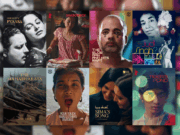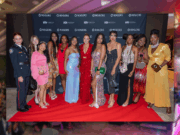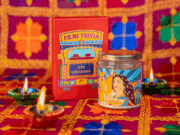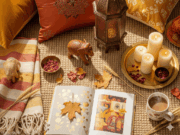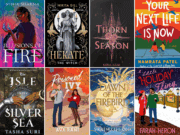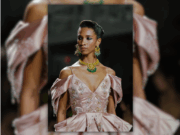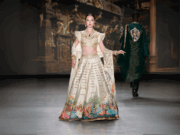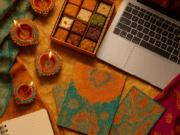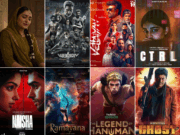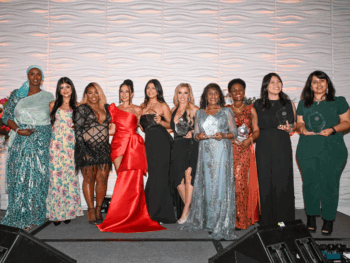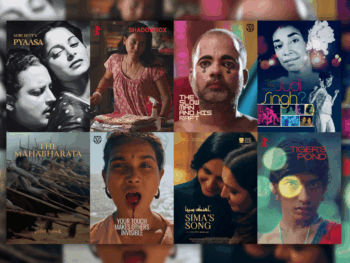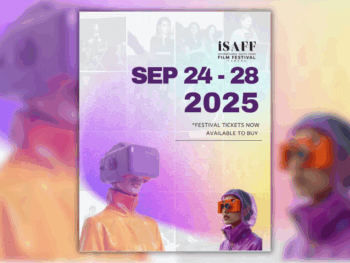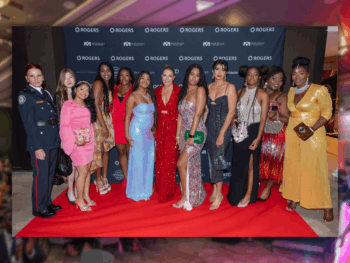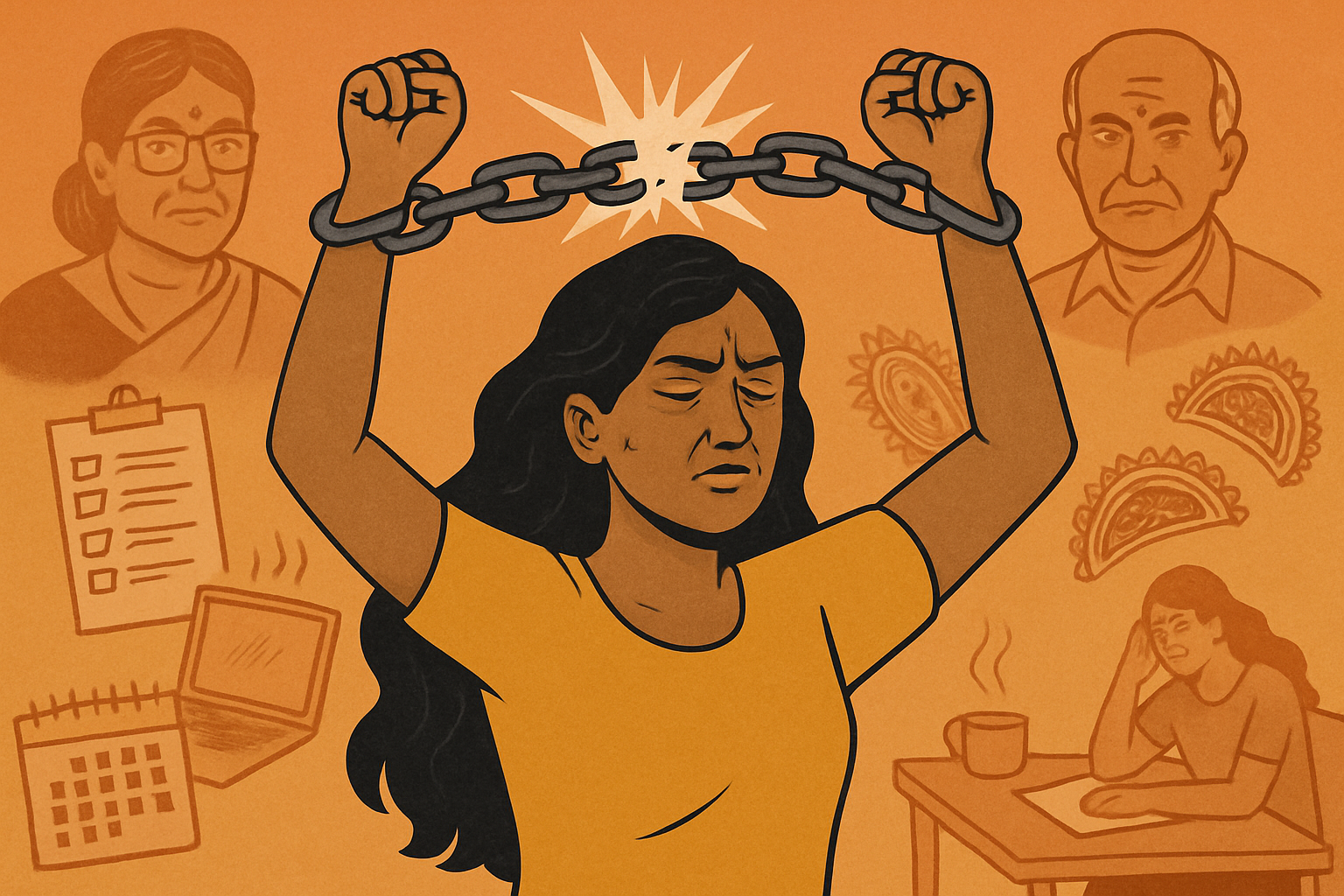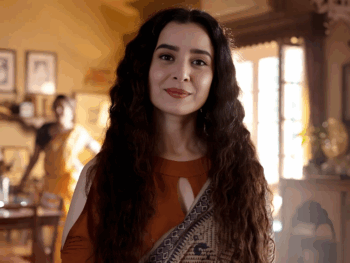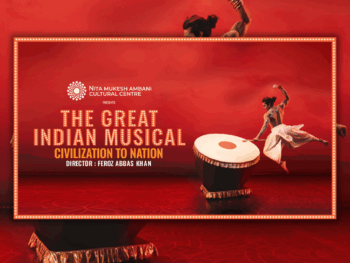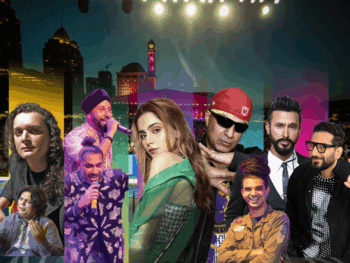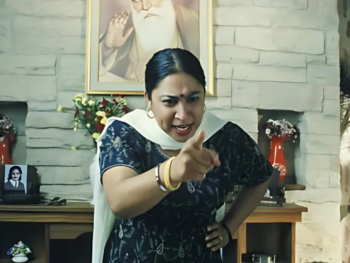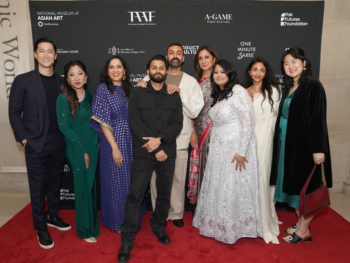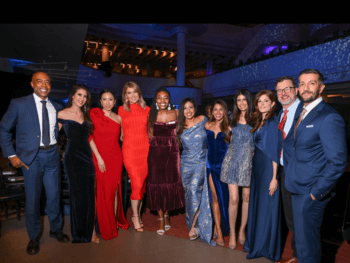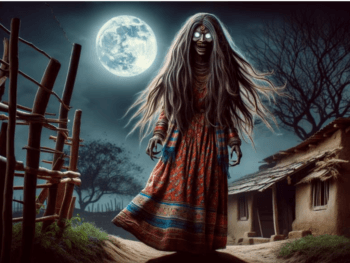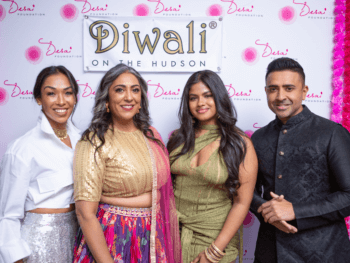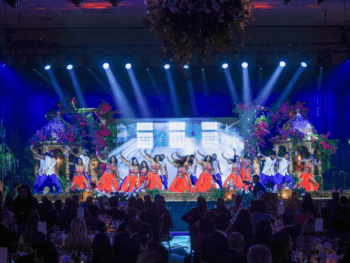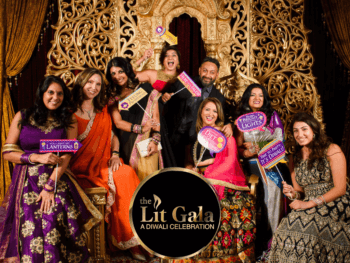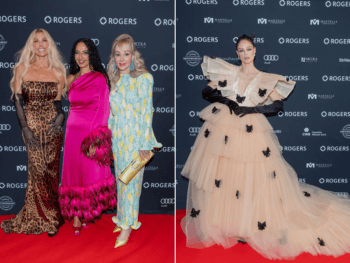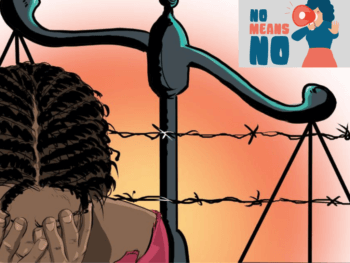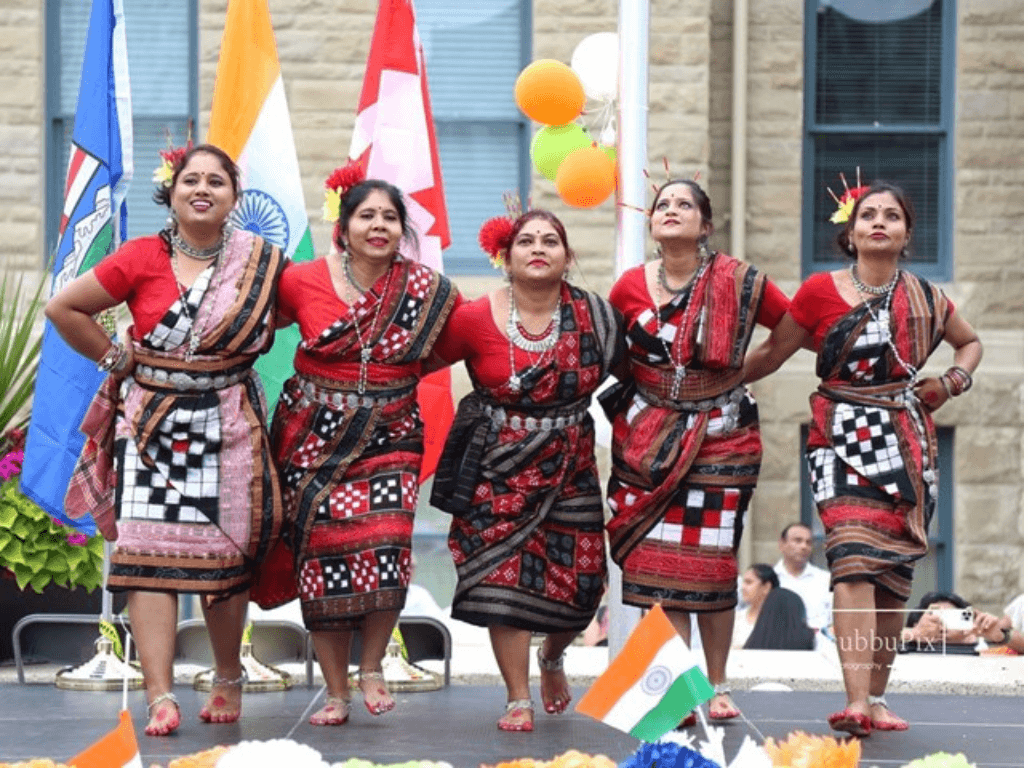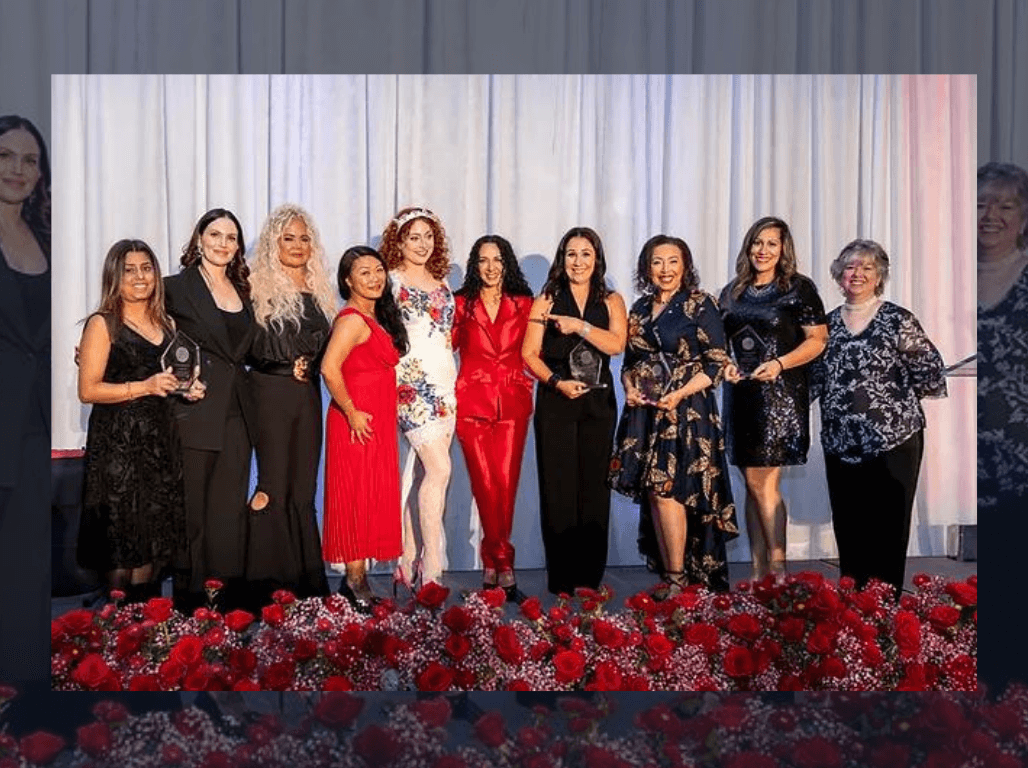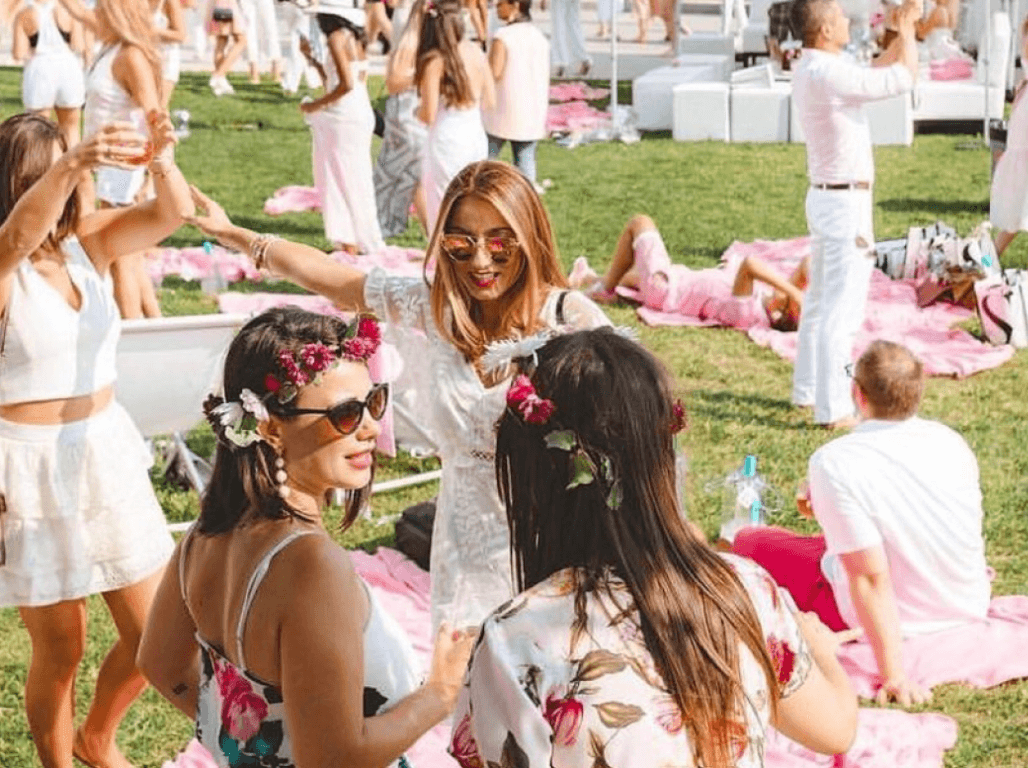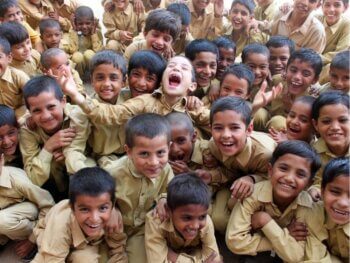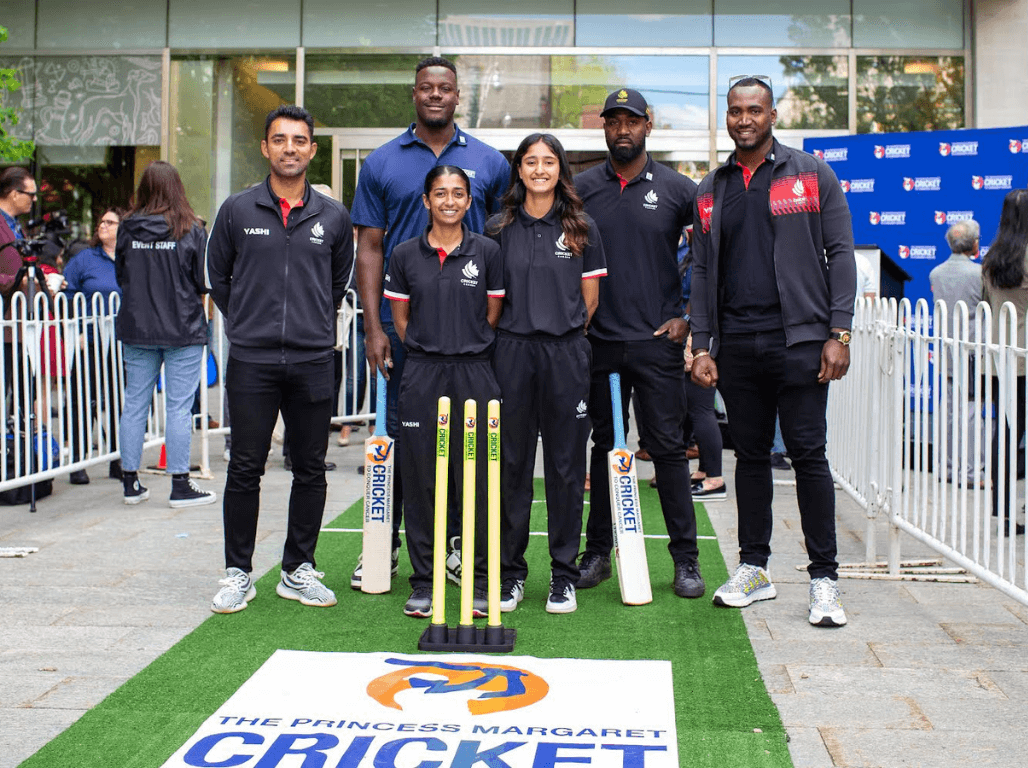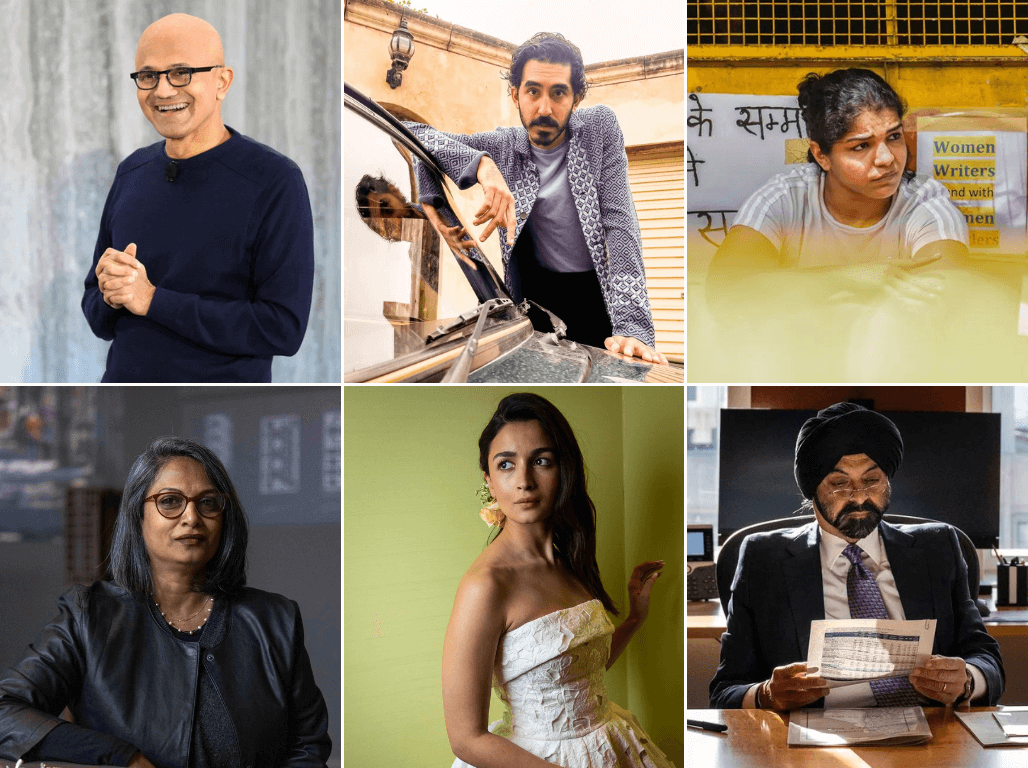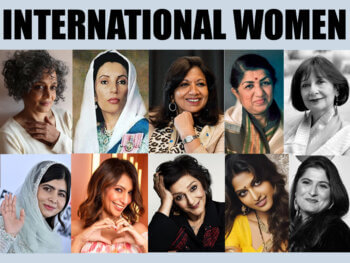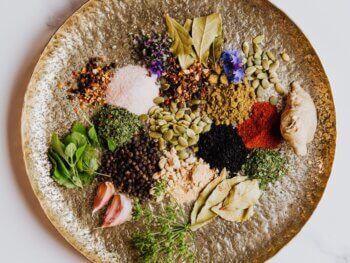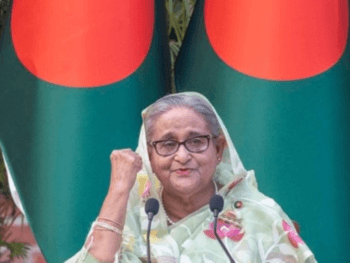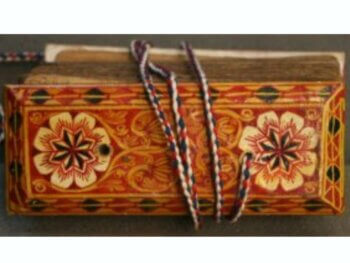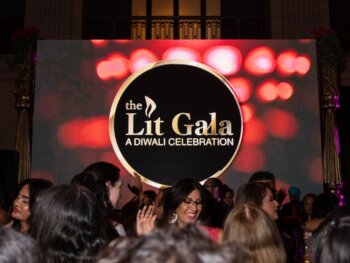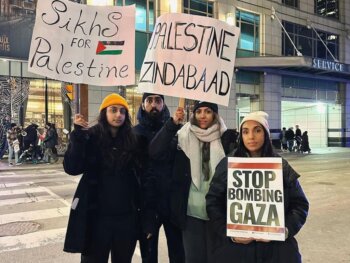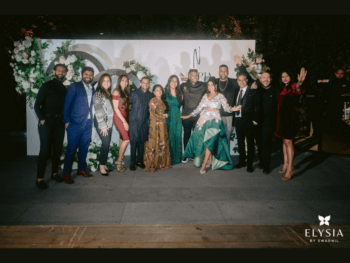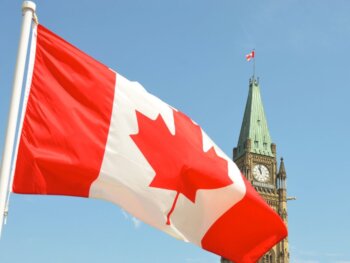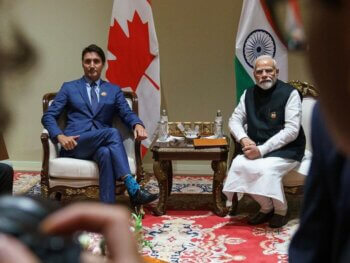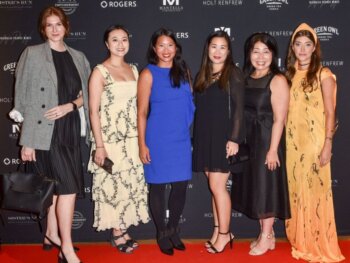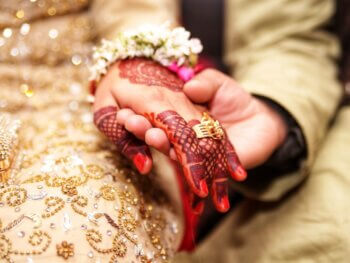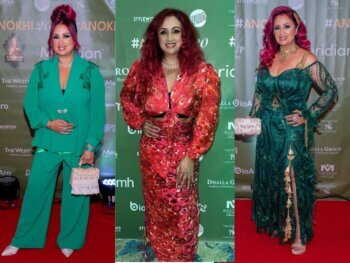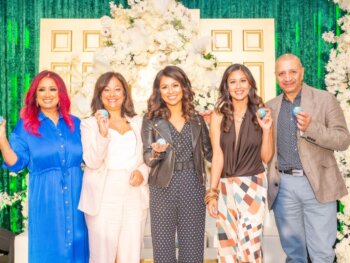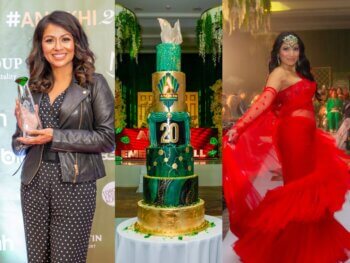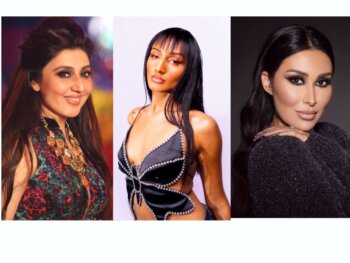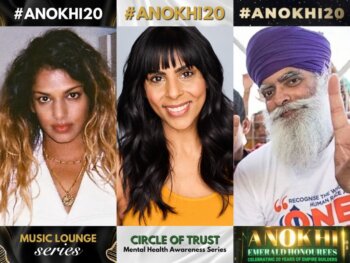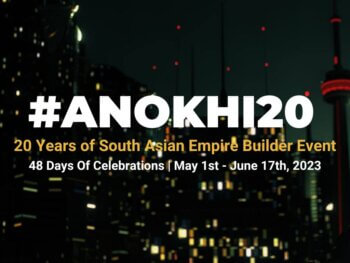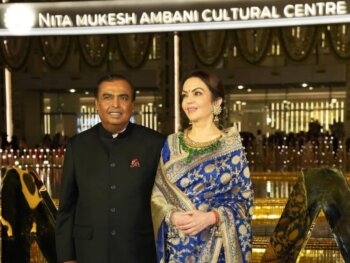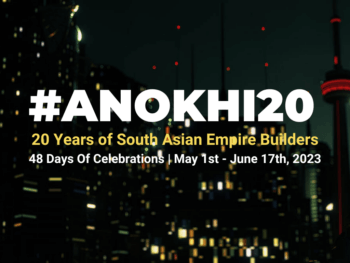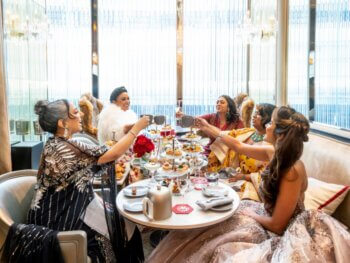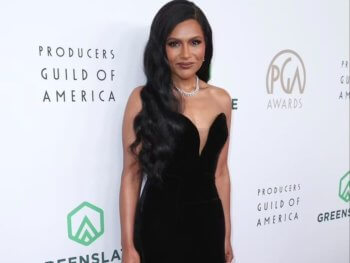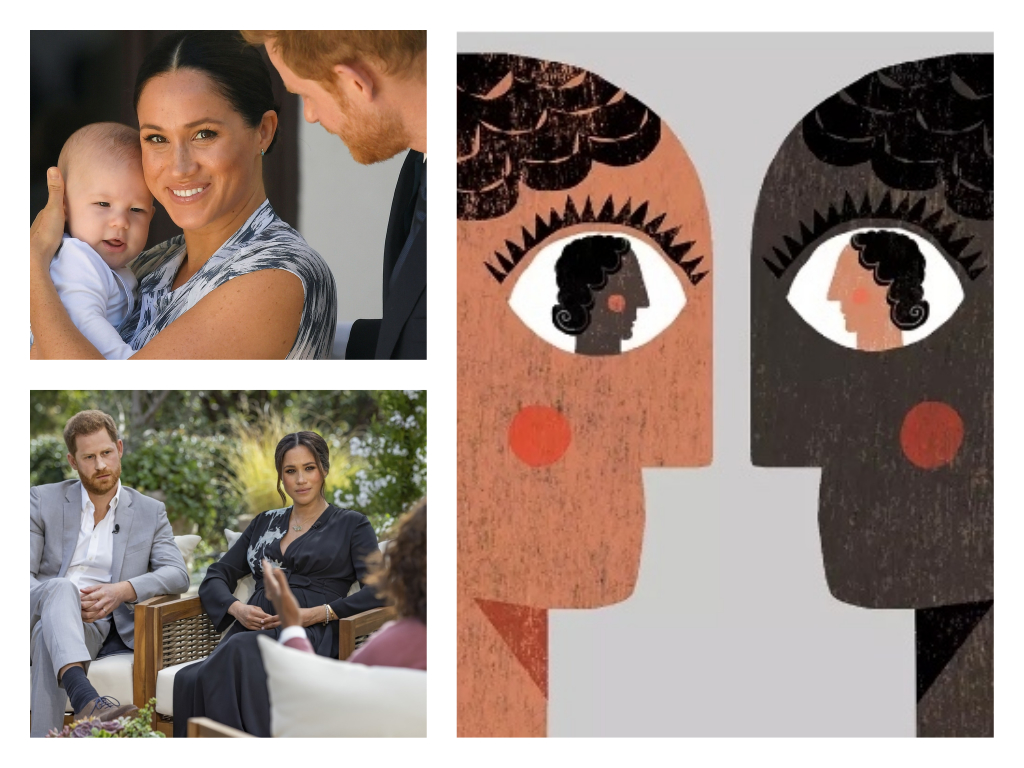
Colourism & The Crown: How Our Own Shadist Mentality Gives Us No Right To Criticize The Royal Family
Culture Mar 19, 2021
We were all left aghast by the charges of colourism that has been levied at the Royal Family but we should not ignore our own shadist mentality that has been embedded in our South Asian culture for generations.
What Pisses Me Off: Colourism & The Crown —
How Our Own Shadist Mentality Gives Us No Right To Criticize The Royal Family
When Oprah sat down with Prince Harry and Meghan Markle the Duke and Duchess of Sussex, we knew that the much-hyped interview would be filled with so called “bombshells”. And they certainly were. One of the most talked-about revelations was when Meghan intimated to Oprah that certain members of the Royal family were concerned about the skin tone of the newly married couple’s forthcoming child.
Gasps were heard all over the world. You needn’t be a dedicated Royal watcher to feel a sense of shock especially in the context of having the first Black member in the Royal Family.
Granted, this all took place a year before the BLM revolution elevated the voices and the concerns of our Black brothers and sisters and other racialized communities as a whole.
But still.
While I was scouring Twitter (as one does when watching a global event as this), one of the most common comments was that we shouldn’t be shocked. Even I sighed, “well colonizers always be colonizing”.
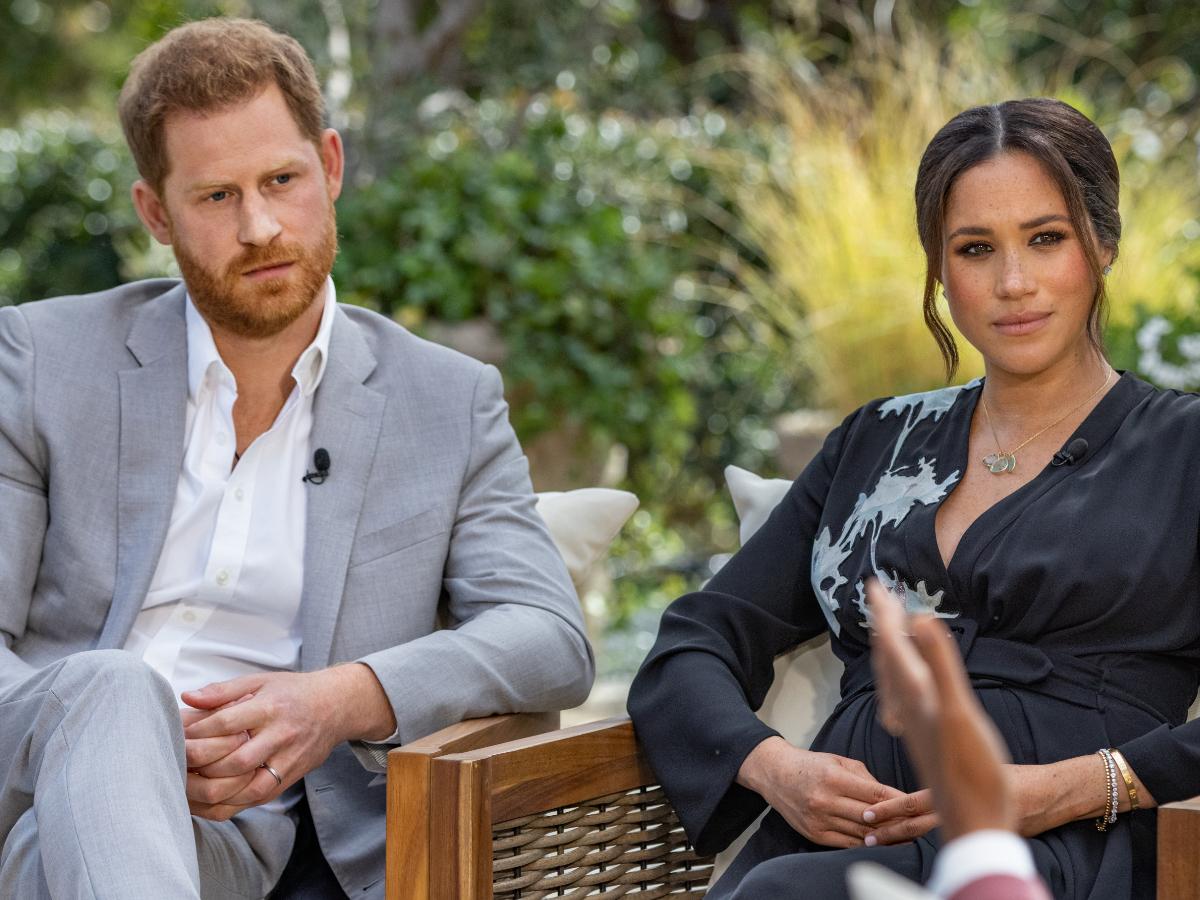
The historical context is unavoidable. The Royal Family has had a major footprint when it comes to the global geopolitical landscape. With a highly profitable slave trading enterprise which went on for hundreds of years, in addition to the country’s penchant for colonialism, which obviously includes the British Raj.
The issue of colourism and the Crown, however as disturbing as it is, should not have us standing on a pedestal of virtue. Because we South Asians have our own sordid history of shadism, which we seem to ignore.
India’s historical traits of division of society by colour can be traced all the way back to the days of the (darker-skinned) Dravidians and the (lighter-skinned) Aryans. Consequently, the caste system has the Brahmins — most often perceived as those with fairer skin at the highest rank of the societal hierarchy, as as you progress downwards, the melanin gets darker.
This is a personal issue for me. I myself have seen both sides of the colour spectrum. Literally. As someone who was born with dark brown skin and has had that skin tone for most of my young adult life, while spending my adulthood in a pale white colour (due to my life-long struggles with Vitiligo), I have seen just how shadist our culture can be simply by my interactions alone. But my story is for another day.
Our South Asian culture is entrenched with colour envy. Unfortunately it doesn’t go both ways. We have all seen how the fairer sect would be objects of adulation, while those who find themselves in the darker spectrum of the melanin paradigm would be seen as someone less desirable.
Less worthy of attention.
Less worthy of everything.
We even have colour-coded language. Darker is seen as “dusky” or “charming”, while the fairer sect gets to wear the crown for being “beautiful”. Personally, my favourite game is to ask any auntie on the hunt, what traits they’re looking for, to match with their eligible son or daughter. I would have a long running internal dialogue betting that “fair” would be one of the top three words on their checklist. And who can forget those classic marriage advertisements? Even though the platform has changed from print to online dating apps, those skin tone concerns still remain prominent among love-seekers. It doesn’t matter if you were born in Manhattan or Mumbai.
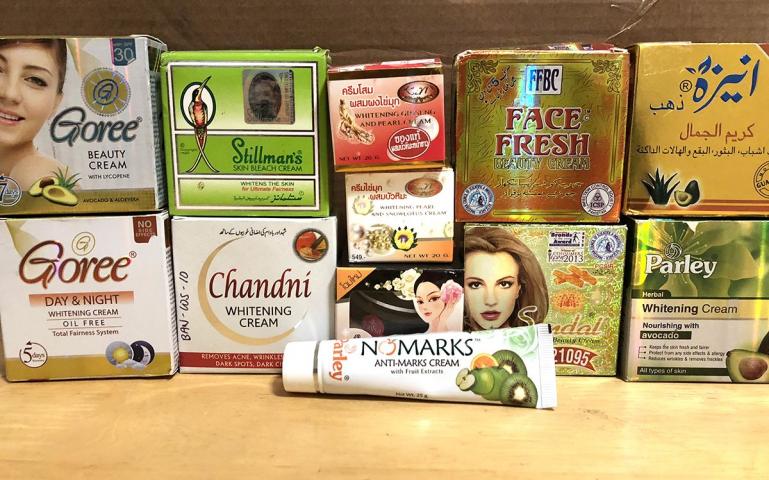
Even with our skin care regiment, lightening creams is one of the most sought after products. Skin-lightening products are a multi-billion dollar industry in India alone. In 2017, skin-lightening cream raked in a jaw-dropping $4 billion dollars USD a year. A YEAR. Lightening creams comes in all forms, from gels to scrubs to deodorants and even … wait for it … vaginal whitening cream. Because why not brighten it up when the lights go down.
When it comes to their marketing of whitening products, you can’t throw a stick without hitting a Bollywood star. Even though some — namely Deepika Padukone and Priyanka Chopra Jonas — have publicly regretted fronting a whitening brand, money is money and beauty companies have lots of it to throw around.
And speaking of Bollywood … colourism is embedded in the Indian film making machine as well. The leading ladies and the heroes are usually on the lighter side. I look at screen queen Katrina Kaif as prime example of how her skin tone has managed to solidify her career as one of the top stars of the Indian film industry. This (stunning!) biracial actress (her father is British-Kashmiri and her mother is British caucasian) quickly became a fan favourite from early on because she fit the Indian ideals of beauty.
Her fairness indeed opened doors for her. She was able to bypass certain obstacles that others may not have been afforded. Language being one of them. For a number of years, while she was starring in one box office hit after another, her voice was dubbed, as her Hindi wasn’t fluent enough to carry a film.
She’s not to blame, not by any means. She has worked hard to get to where she is. She has even publicly acknowledged having to overcome what she calls the”Hindi barrier” with various Hindi coaches giving her more confidence to say her own lines. And her longevity in the fickle world of film is a testament to her talent. However, we would be kidding ourselves if we didn’t come to terms with the fact that this specific ideal of South Asian beauty provided such opportunities for her. And she’s not alone. By a long shot.
We have also seen darker-skinned thespians be able to hit the mark and carve out a very successful, critically-acclaimed career for themselves as well but look closely, are they labeled as hero or heroines or are they seen as character actors?
Meanwhile the biggest film industry is giving out not so subtle shadist cues for their millions of their global South Asian fans of all generations.
Back to the BLM movement. One of the many bright spots that came out of it was that it forced us to really examine our own shadism in order to be authentic allies to our Black brothers and sisters. That conversation happened. Essays have been written and shared. Monologues were delivered and went viral. But where exactly are we in this analysis six months after the fact? Was it all for naught? I hope not.
Having said that, as I sit and watch everyone get all hot and bothered by the Oprah interview while trying to guess who actually had that colourism conversation with Prince Harry, I have to take a deep breath.
It’s high time we look inwards and check ourselves before we decide to point our fingers anywhere else. That includes the Royal Family.
Main Image Photo Credit: www.cbs.com, www.timesofindia.indiatimes.com
Hina P. Ansari
Author
Hina P. Ansari is a graduate from The University of Western Ontario (London, Ontario). Since then she has carved a successful career in Canada's national fashion-publishing world as the Entertainment/Photo Editor at FLARE Magazine, Canada's national fashion magazine. She was the first South Asian in...





